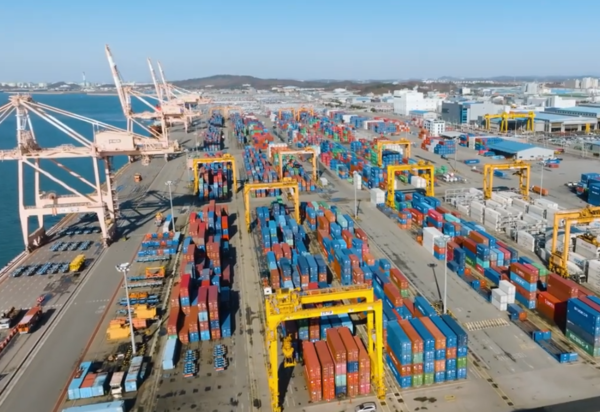Semiconductors, Ships Drive Growth Despite U.S., China Export Declines

Last month’s exports increased for the fifth consecutive month, recording the highest performance for October. By region, China’s exports declined again after two months, while U.S. exports continued negative growth for the third month.
According to the October export-import status report announced by the Korea Customs Service on Nov. 17, exports reached $59.5 billion, up 3.5% compared to the same period last year. Imports decreased 1.5% to $53.5 billion, resulting in a trade surplus of $6 billion.
By item, semiconductors reached $15.86 billion, increasing 25.2% and continuing an upward trend for eight consecutive months. Ships (135.8%), petroleum products (11.7%), and wired communication equipment (37.4%) also showed strong performance. However, passenger cars decreased 12.6% to $5.25 billion. Due to the impact of tariff increases, the largest export destination, the United States, plummeted 29.0%, turning to decline after four months. Wireless communication equipment (-8.7%), automotive parts (-21.0%), home appliances (-21.4%), and LCD devices (-19.1%) also decreased.
By country, China’s exports fell 5.2% to $11.54 billion. This marked a return to decline after two months since last August (-3.1%). The United States decreased 16.1% to $8.72 billion, marking three consecutive months of decline. The European Union (EU) (-2.0%), Vietnam (-2.5%), and Japan (-7.7%) also decreased. Meanwhile, Taiwan (46.0%), Singapore (6.0%), and Australia (16.4%) saw increased exports.
Imports decreased 1.5% to $53.5 billion. While consumer goods increased 9.9%, raw materials (-6.4%) and capital goods (-0.6%) each declined. Crude oil import volume increased 13.1%, but unit prices fell 5.5% due to declining international oil prices. Most energy imports decreased, including gas (-37.2%), petroleum products (-13.1%), and coal (-18.6%).
Last month’s maritime export transportation costs fell in the eastern United States, European Union (EU), China, and Japan, while rising in the western United States and Vietnam. Transportation costs per 2TEU container were 5.343 million won for the eastern United States, down 2.8% from the previous month, and 3.102 million won for the EU, down 11.6%.


